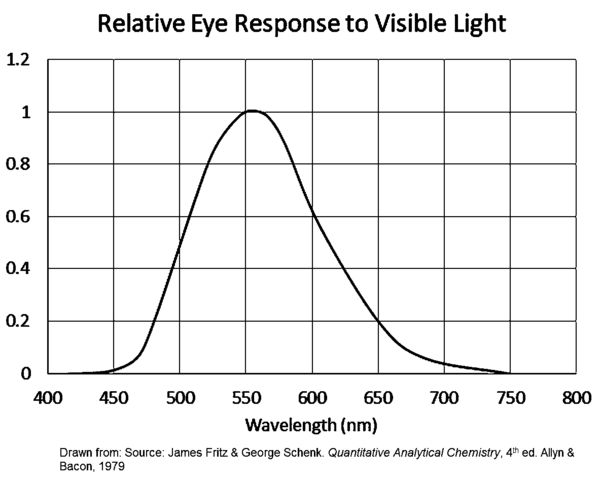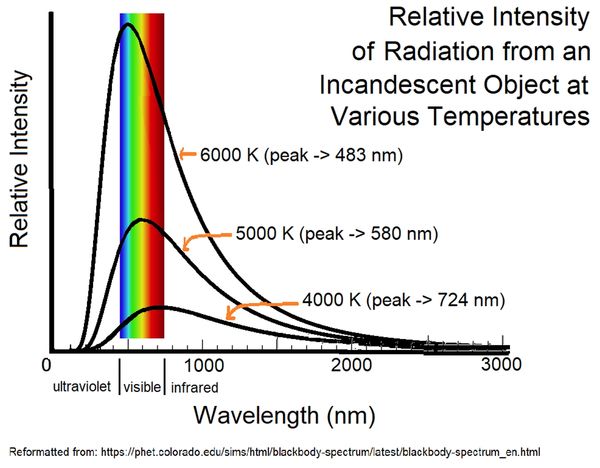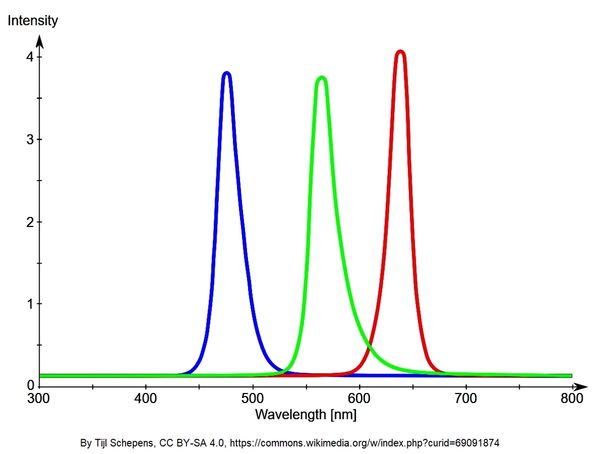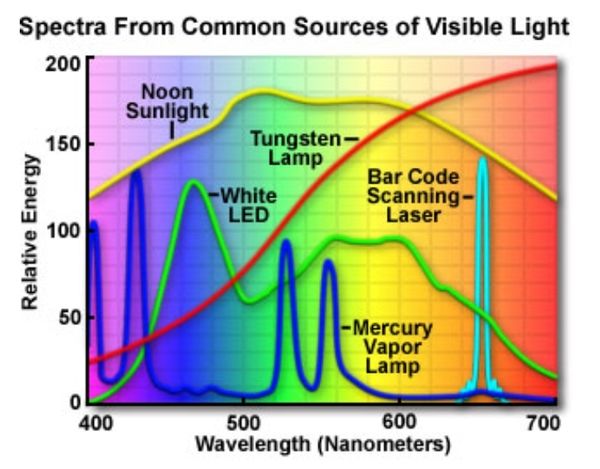Scanner riddle
Aug 13, 2020 15:50:56 #
Aug 13, 2020 15:53:12 #
smf85 wrote:
It looks like IR pollution. I've seen this type of color weakening and color shift when using an infrared sensitive camera - more than a few times.
Are you suggesting the scanner sensor is IR sensitive? I've heard that from others.
Aug 13, 2020 15:55:54 #
carlberg wrote:
Are you suggesting the scanner sensor is IR sensitive? I've heard that from others.
But I don't understand the mechanism.
Aug 13, 2020 15:59:24 #
smf85
Loc: Freeport, IL
carlberg wrote:
Are you suggesting the scanner sensor is IR sensitive? I've heard that from others.
All CMOS, CCD, or Videcron devices are quite IR sensitive. In cameras IR is filtered out. I know some scanners use infrared to detect dirt etc. not sure about your particular model.
Aug 13, 2020 16:32:28 #
smf85 wrote:
All CMOS, CCD, or Videcron devices are quite IR sensitive. In cameras IR is filtered out. I know some scanners use infrared to detect dirt etc. not sure about your particular model.
Thanks for the explanation. So the scanner sees IR (around700 nm) from the yarn which overpowers the blue (around 400 nm). Why does that only happen with dark blue? All the other colors were reproduced accurately.
Aug 13, 2020 16:51:13 #
smf85
Loc: Freeport, IL
carlberg wrote:
Thanks for the explanation. So the scanner sees IR (around700 nm) from the yarn which overpowers the blue (around 400 nm). Why does that only happen with dark blue? All the other colors were reproduced accurately.
What you're getting is false color IR + Visual Light. Typically, the sky is red because of all the IR light as its mostly in the red channel. If the other dyes weren't reflective of IR the visual spectrum would predominate, as seen. The particular blue dye was highly reflective of IR - and since that comes mostly in on the red channel - and became the dominant frequency for the color.
Are the dyes organic/natural or synthetic? Organic dyes generally reflect IR strongly, synthetics generally do not.
Aug 13, 2020 17:11:13 #
RodeoMan
Loc: St Joseph, Missouri
I don't know the answer to your question, but I do know that I really like your wife's knitting. Thanks for sharing the images of her work.
Aug 13, 2020 17:21:01 #
RodeoMan wrote:
I don't know the answer to your question, but I do know that I really like your wife's knitting. Thanks for sharing the images of her work.
Thanks, Rodeoman. She appreciates your comment.
Aug 13, 2020 18:04:38 #
fetzler
Loc: North West PA
It would be interesting to see the results when a color checker card is used.
Aug 13, 2020 18:32:40 #
fetzler wrote:
It would be interesting to see the results when a color checker card is used.
The original camera print is essentially a color checker and it's almost a perfect match. See original post.
Aug 14, 2020 01:23:55 #
Might be corrected depending on the software you're using to do the scanning.
Aug 14, 2020 17:52:45 #
This is an interesting phenomenon, carlberg. There are lots of sources to this problem. Many have already given some possibilities, but I will share some general info that as photographers and lay people, we need to keep in mind about light sources and how we see them. Here are some possible sources.
1. Spectrum produced by the cloth.
2. Sensitivity of the eye to the wavelengths of light
3. Spectrum produced by the scanner light.
4. Sensitivity of the sensor on the scanner.
5. The spectrum produced, enhanced, and subtracted by the medium on which the image was printed before scanning the photo.
6. Calibration of the monitor, the printer, and the scanner.
7. Are any of the sources, including room light, from LEDs, incandescent buklbs or fluorescent tubes?
8. The difference between reflection of paint and printed colors and emission of light from sources.
9. How "pure" (being close to emission or absorption in a narrow wavelength band) are the colors in the fabric, etc.
Here are just a few vignettes from my experience as a physicist, chemist, teacher, and photographer give a few detailed exammples.
We need to make sure that we understand what is meant by the color temperature of a light source. Figure 1 shows the relative sensitivity of the human eye to visible light. This biological filter will affect how we perceive all we look at. Figure 2 shows the relative light produced by a ideal incandescent object (often called a blackbody but I prefer to change that label) at various temperatures to which it has been heated. The Sun through our atmosphere has a light curve fitting about 5800 K. If one considers only the scattered light, say on an overcast day, that will be pushed more toward the blue and thus might be 6000 K or more.
Modern light bulbs, fluorescent and LED, are not incandescent radiators. Figure 3 shows the spectrum for a blue, green-yellow, and high-intensity red LED that are sometimes put together to make "white" light. But even a cursory look will show that when summed together these do not approximate an incandescent object. Thus when a temperature is given for an LED light, it is really only valid to use when comparing one LED with another one. And there will be colors missing when LED's are used to view photos or other artwork. Of course, this technology is advancing as the years go by.
Strange effects always come from the facts that the spectrum produces by light sources, the spectral sensitivity of electronic sensors, and the spectral response of our eyes almost never match completely nor very well.
1. Spectrum produced by the cloth.
2. Sensitivity of the eye to the wavelengths of light
3. Spectrum produced by the scanner light.
4. Sensitivity of the sensor on the scanner.
5. The spectrum produced, enhanced, and subtracted by the medium on which the image was printed before scanning the photo.
6. Calibration of the monitor, the printer, and the scanner.
7. Are any of the sources, including room light, from LEDs, incandescent buklbs or fluorescent tubes?
8. The difference between reflection of paint and printed colors and emission of light from sources.
9. How "pure" (being close to emission or absorption in a narrow wavelength band) are the colors in the fabric, etc.
Here are just a few vignettes from my experience as a physicist, chemist, teacher, and photographer give a few detailed exammples.
We need to make sure that we understand what is meant by the color temperature of a light source. Figure 1 shows the relative sensitivity of the human eye to visible light. This biological filter will affect how we perceive all we look at. Figure 2 shows the relative light produced by a ideal incandescent object (often called a blackbody but I prefer to change that label) at various temperatures to which it has been heated. The Sun through our atmosphere has a light curve fitting about 5800 K. If one considers only the scattered light, say on an overcast day, that will be pushed more toward the blue and thus might be 6000 K or more.
Modern light bulbs, fluorescent and LED, are not incandescent radiators. Figure 3 shows the spectrum for a blue, green-yellow, and high-intensity red LED that are sometimes put together to make "white" light. But even a cursory look will show that when summed together these do not approximate an incandescent object. Thus when a temperature is given for an LED light, it is really only valid to use when comparing one LED with another one. And there will be colors missing when LED's are used to view photos or other artwork. Of course, this technology is advancing as the years go by.
Strange effects always come from the facts that the spectrum produces by light sources, the spectral sensitivity of electronic sensors, and the spectral response of our eyes almost never match completely nor very well.
Figure 1

Figure 2

Figure 3

Aug 15, 2020 15:55:02 #
Thanks for the nice review. For the record, I taught at Calif. State Univ. Long Beach for 37 years, including a grad course in Scientific Instrumentation that covered various applications of UV, VIS and IR spectrophotometry. I have no idea what the emission spectrum of the lamp in the scanner looks like. I would assume it's pretty flat, but as you show in your response, there's probably no such single light source. Nothing online. I might query Epson. Thanks again.
Regards,
David C.
Regards,
David C.
Aug 15, 2020 16:36:52 #
carlberg wrote:
Thanks for the nice review. For the record, I taug... (show quote)
The light source in my scanner are LEDS, according to Epson web site.
Aug 15, 2020 17:41:08 #
carlberg wrote:
The light source in my scanner are LEDS, according to Epson web site.
But I wonder which LED it is and if we can get to its spectrum. Below is a graph that shows up many places on the web, and I don't know where it started. However, none of these sources match the sunlight spectrum as seen on Earth nor the receptivity of the eye. So, I think we just have a mix of potential problems. And I will share in a separate post an example how a dye color that looks "pure" really is not, and I am guessing that is a mjor part of why these wool colors were effected by the anomalies in the light sources and sensors.

If you want to reply, then register here. Registration is free and your account is created instantly, so you can post right away.

